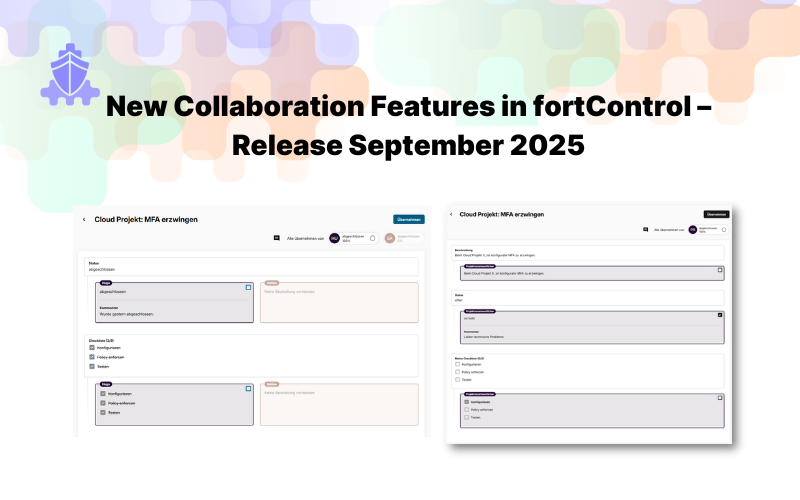Take control of your (cyber) risks
In an increasingly networked and complex world, active risk management is becoming ever more important. This also increases the regulatory pressure on small and medium-sized enterprises (SMEs) in this area.
The most recent example is the Electricity Supply Ordinance (StromVV) for grid operators and producers, which now requires compliance with minimum standards in the area of ICT security depending on the amount of electricity transported. Risk management is not only a required component of this minimum standard, but also generally supports the evaluation of all measures.
Effective and integral risk management requires a holistic approach that takes into account all relevant interrelationships and dependencies. A holistic risk management approach includes not only the identification and assessment of risks, but also the clear definition of governance and a transparent improvement process.

Governance: Clear Targets and responsibilities
Successful risk management begins with the definition of clear objectives and responsibilities. Internal and external requirements must be taken into account to ensure that all relevant risks are covered.
- Targets: What is to be achieved with risk management?
- Responsibilities: Who is responsible for which risks?
- Guidelines: Which internal and external rules and best practices must be adhered to?
Risk management: managing risks systematically and comprehensibly
In order to identify and address risks effectively, a systematic approach is essential. This includes defining objects of protection, identifying threats and implementing controls.
- Defining objects of protection: Which processes, systems and data need to be protected
- Identify threats and vulnerabilities: Which events and vulnerabilities can endanger these objects of protection?
- Evaluate risks: With what probability and to what extent can a threat exploit the vulnerability of a protected object and cause damage?
- Define measures and controls: How can risks be minimised, transferred or, if necessary, accepted? Which controls are used to check the effectiveness of the measures or maturity against best practices?
Continuous improvement process
Risk management is not a one-off act, but a continuous process. Measures to minimise risk must be planned, implemented and regularly reviewed.
- Improvement planning: What specific measures are necessary to minimise existing risks?
- Implementation and review: How can these measures be implemented and their effectiveness reviewed?
Conclusion: Risk management is essential in order to operate successfully in a networked world. By taking a systematic and holistic approach, companies can not only better control their risks, but also increase their resilience and competitiveness. By defining clear objectives and responsibilities, identifying threats and implementing continuous improvement processes, risks can be managed and a secure basis for sustainable success can be created.
The Electricity Supply Ordinance (StromVV) emphasises the need for such an approach by obliging grid operators and producers to guarantee their ICT security in accordance with defined minimum standards. This shows how regulatory requirements are emphasising risk management and establishing it as a key instrument for protecting critical infrastructures.


.png)

.png)